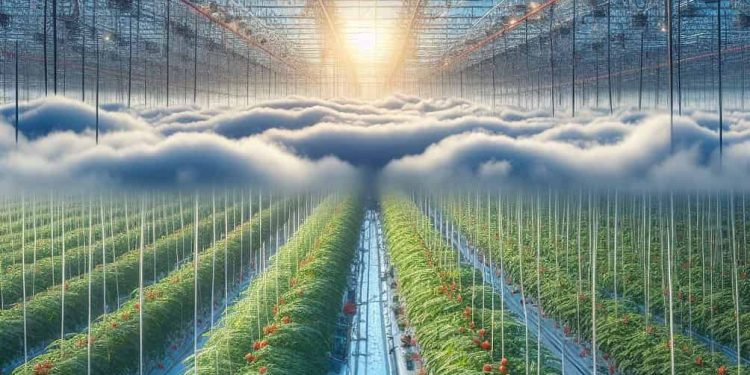#GreenhouseFarming #CloudComputing #AgriculturalTechnology #RoboticsInAgriculture #DataInteroperability #FogComputing #EdgeComputing #5GConnectivity #PrecisionFarming #AgriculturalInnovation
In the fast-evolving landscape of greenhouse farming, the challenge lies not only in adopting innovative technologies but in strategically managing the influx of data generated by these solutions. This article delves into the promise and challenges of leveraging cloud computing, highlighting its advantages in scalability while addressing concerns related to data ownership, storage, and processing.
Cloud Computing: A Transformative Force in Agriculture
The advent of Amazon Web Services (AWS) in 2006 marked a pivotal moment in cloud computing, enabling users to harness virtual machines for data and application infrastructure. Cloud computing, defined by Gartner as a style of computing delivering scalable and elastic IT-enabled capabilities as a service via internet technologies, has become integral to modern agriculture. Whether through Software-as-a-Service (SaaS), Platform-as-a-Service (PaaS), or Infrastructure-as-a-Service (IaaS), approximately 90% of global data is now stored in the cloud.
While cloud storage offers cost-effective and easily scalable solutions, challenges arise concerning data ownership, storage regulations, and real-time application latency. This article emphasizes the impact of these factors on greenhouse farming, where tasks demand instantaneous data transfer for applications like robotic vision in precision harvesting.
Fog, Edge, and 5G: Redefining Data Transfer Dynamics
To overcome the limitations of cloud computing, the article introduces the concepts of fog and edge computing, coupled with the transformative capabilities of 5G connectivity. These technologies address the latency concerns associated with real-time applications, offering farmers the ability to make split-second decisions for tasks like robotic harvesting based on visual cues.
The integration of cloud, fog, edge, and 5G technologies presents a paradigm shift in greenhouse farming. Farmers now have a spectrum of options to choose where and how to process and store data based on applicability, risk, and cost. While cloud computing remains a cornerstone, fog, edge, and 5G provide solutions to the challenges posed by real-time applications, ensuring the seamless development of hands-free greenhouse farms.











